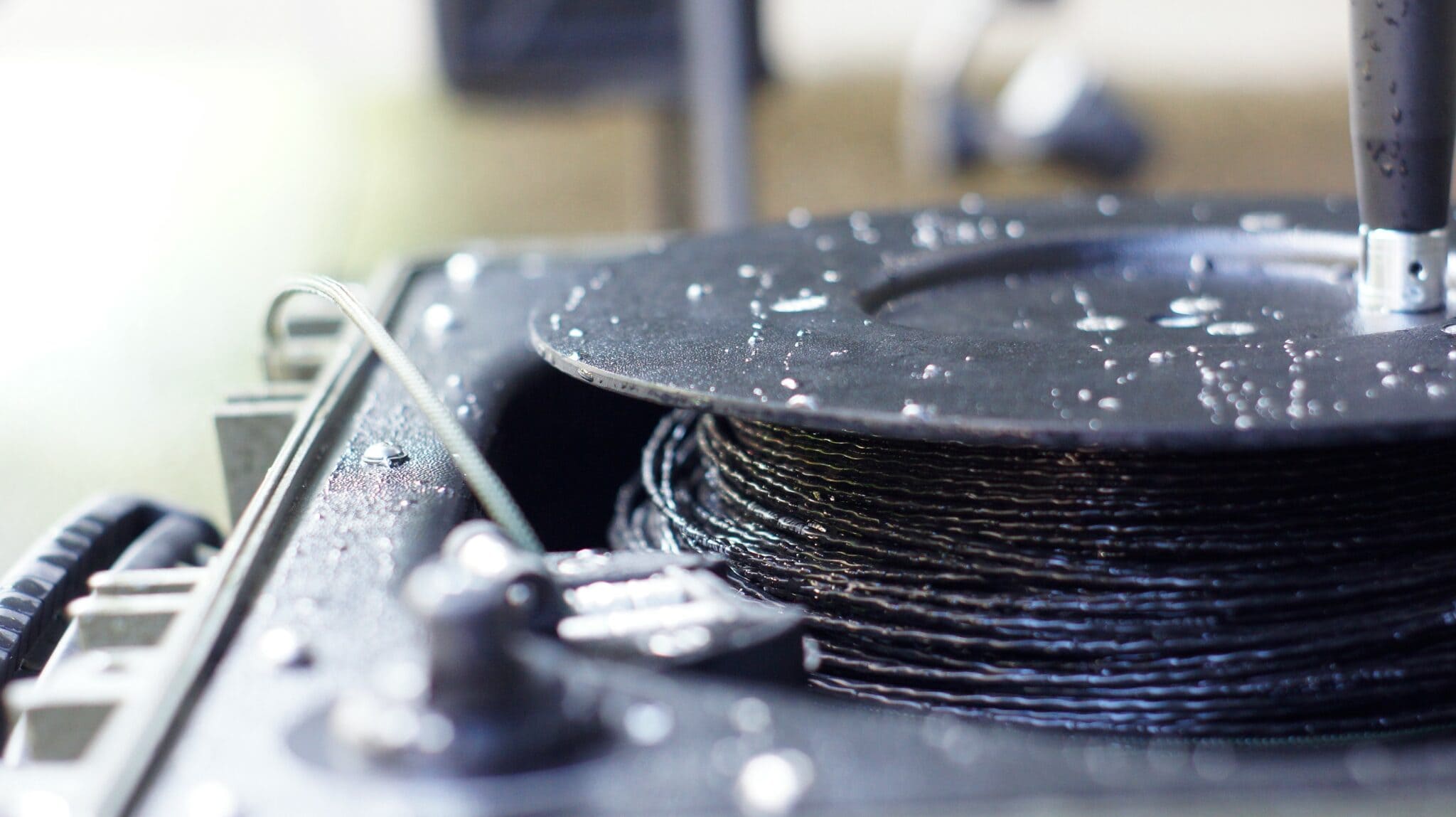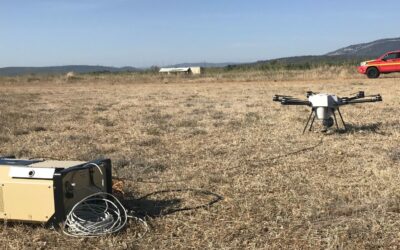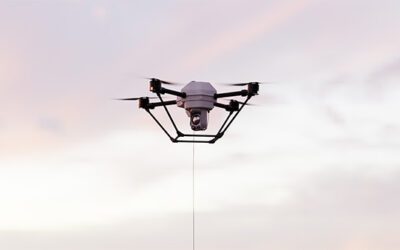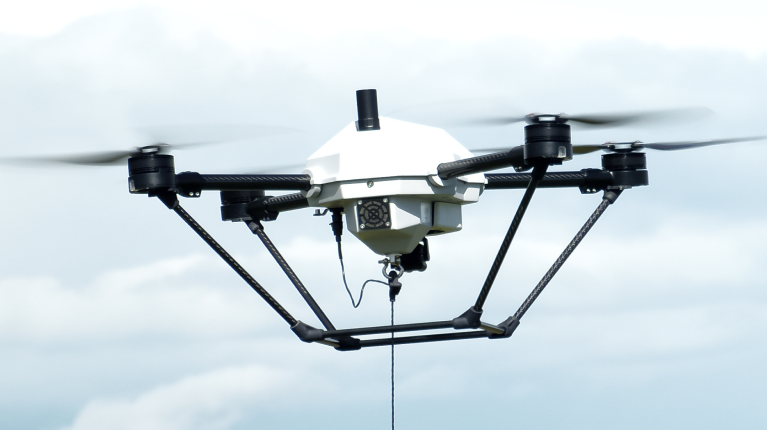How to choose the best tethered drone station?
Elistair Team
In today’s fast-paced world, tethered drones have become indispensable tools for various industries, including defense, surveillance, and emergency response. But choosing the right tethered drone station can be a daunting task.
So, how do you choose the best tethered drone station for your needs? Let’s dive in!
Understanding Tethered Drones
Tethered drones, or tethered UAV systems (Unmanned Aerial Vehicles), are a game-changer for security and safety professionals. These drones connect to a ground station with a tether, which provides them with power and maintains stable communication. This setup not only extends flight times but also increases your situational awareness and secures your flight and communications.
But what exactly should you look for when choosing the right drone for your operations?

7 criteria for choosing the best tethered drone station
When selecting a tethered drone station, several performance parameters come into play. Here are some critical aspects to consider:
1. Flight Altitude
One of the first things to consider is the flight altitude. Different operations require different altitudes. Make sure the tether station supports the necessary operational altitude for your specific needs.
For instance, surveillance drones used for monitoring large events may need to hover at higher altitudes for broader coverage. Drones with long tether cables (100 meters) provide broader visibility, allowing for optimal coverage.
2. Compatibility with your drone
If you already have a drone, start by verifying its compatibility with the tethered station you are considering. The on-board module should be designed to remain lightweight and compact.
The tethered system should also be able to supply the power necessary for your drone’s operation, while being capable of handling power surges during challenging conditions, such as strong winds or during take-off and landing.
Some manufacturers design tethered drone stations that are compatible with multiple drones. It’s particularly interesting for professionals with different drones. A single station can be adapted to a whole fleet, enabling the operator to choose the most suitable system for each mission.
3. Portability and Easy deployment
Portability is another factor to keep in mind. If your operations require frequent relocation, opt for a lightweight and easy to transport tether station. Look for systems that you can deploy in under 10 minutes and require minimal personnel.
4. Power Supply
A consistent and reliable power supply is crucial. Tethered drones rely on continuous power from the ground station, so ensure the station you choose can deliver stable power without interruptions. This is particularly important for long-duration missions where any power disruption could jeopardize the entire operation.
5. Durability and Weather Resistance
Public safety operations can take place in diverse environments, from urban settings to extreme weather conditions. Choose a tethered drone station designed for all-weather capability. It should be able to handle wind, rain, or dust. It must stay stable in tough conditions like festivals or outdoor emergency responses.
6. Data Transmission
Reliable and secure data transmission is essential for surveillance drones. Look for tether stations that offer robust data communication capabilities, minimizing the risk of signal loss or interference. High-quality data transmission ensures that the information gathered is accurate and timely, which is critical in emergency response situations.
7. Heavy Lift Drone Capability
For operations requiring the transport of heavy payloads, selecting a tethered station compatible with heavy lift drones is essential. These types of drone can carry larger equipment, such as advanced drone cameras and sensors, increasing the versatility and application of your drone operations. As a consequence, these heavier aircraft consume more power and require a tether station capable of meeting this demand.

Benefits of Tethered Drones
The benefits of tethered drones are transforming industries by offering unlimited flight time, enhanced security, and cost-effective solutions for long-term operations.
1. Unlimited Flight Time
One of the significant advantages of tethered drones is their longer flight times. Unlike battery-operated drones, tethered UAV systems can stay airborne for long durations, making them ideal for extended missions. This is particularly beneficial in scenarios where continuous monitoring is required, such as in border surveillance or large public events.
2. Enhanced Security
In addition to the physical attach to the ground that prevents risks of fly aways, the tether provides asecure communication link, significantly reducing the risk of signal interference or hijacking. This is especially important for operations that require high levels of security. For instance, in military operations, a secure communication link ensures that sensitive information is not compromised.
However, some drones, such as DJI, only allow data transfer via their proprietary application. In this case, no data (image, video etc) can be transferred over the cable.
3. Cost-Effective
Over time, tethered drones can be more cost-effective. They eliminate the need for frequent battery replacements, reducing operational costs and downtime. This cost efficiency is particularly advantageous for large-scale operations where multiple drones are deployed over extended periods.

Key Questions to Consider Before Choosing a Tethered Drone Station
Selecting the right tethered drone station requires more than just knowing your operational needs. You’ll want to ensure that the system fits seamlessly with your environment, mission goals, and team capabilities. Here are the key questions to ask before making your decision:
What is the primary use case for the tethered drone?
- Are you using it for crowd monitoring, emergency response, or infrastructure security? Each application may require different features, such as flight performance, safety features, maximum height…
How quickly do you need to deploy the system?
- In fast-moving public safety scenarios, you need a system that you can set up in minutes. It should required minimum training and equipment. Make sure the drone station is portable and easy to deploy under pressure.
What is the required coverage area?
- Consider how much ground you need to cover. Do you need high-altitude surveillance for wide-area monitoring? Or will a lower altitude suffice for more focused security, such as monitoring a specific perimeter?
What environmental conditions will the drone operate in?
- Will the drone need to function in rainy, windy, or dusty conditions? Ensure the tethered drone station is weather-resistant.
How long do you need the drone to stay in the air?
- One of the key advantages of tethered drones is their unlimited flight time. However, it’s important to check the power supply and cable length to ensure that the system meets your operational duration.
What is the budget for this investment?
- Balancing costs with the features you need is important. Consider the total cost of ownership, including maintenance, software updates, and potential accessory costs (e.g., cameras, tethers).
Choosing the right tethered drone station involves careful consideration of performance parameters, compatibility, and specific use cases. By understanding your operational needs and the benefits of tethered systems, you can make an informed decision that enhances your drone capabilities and operational efficiency.
Ready to see how Elistair’s tethered drones can elevate your public safety operations? Contact us today to learn more about our tether drone solutions.






